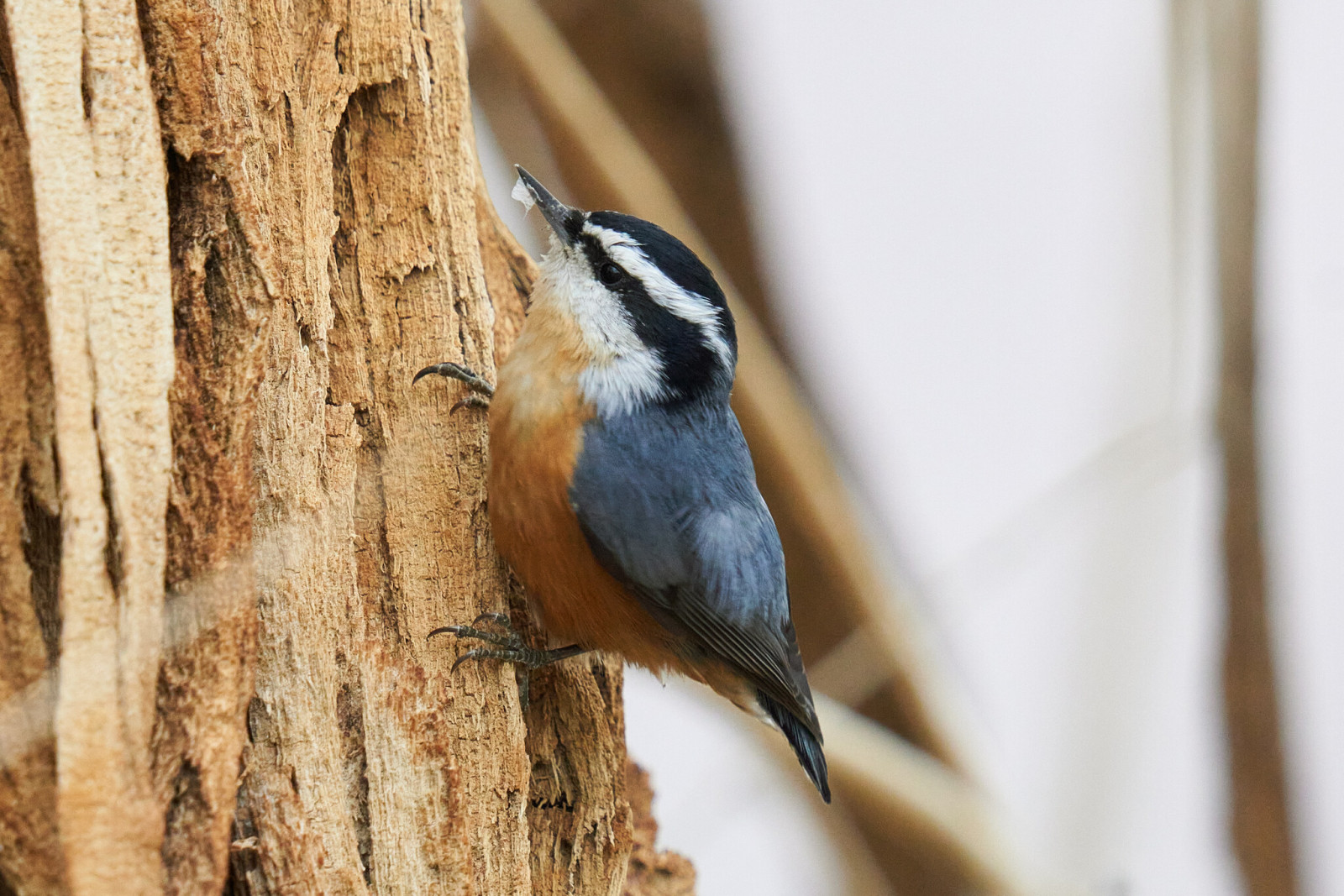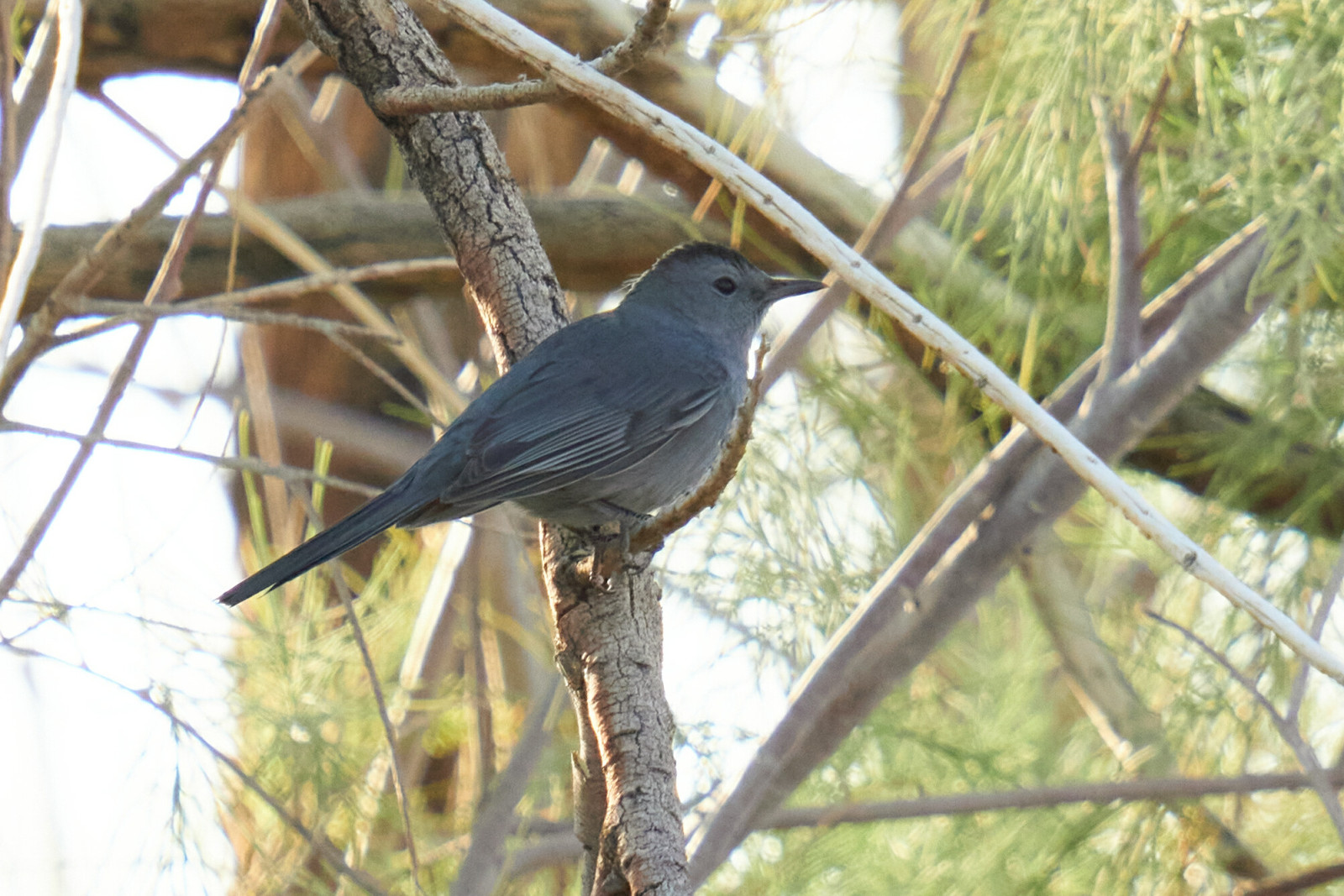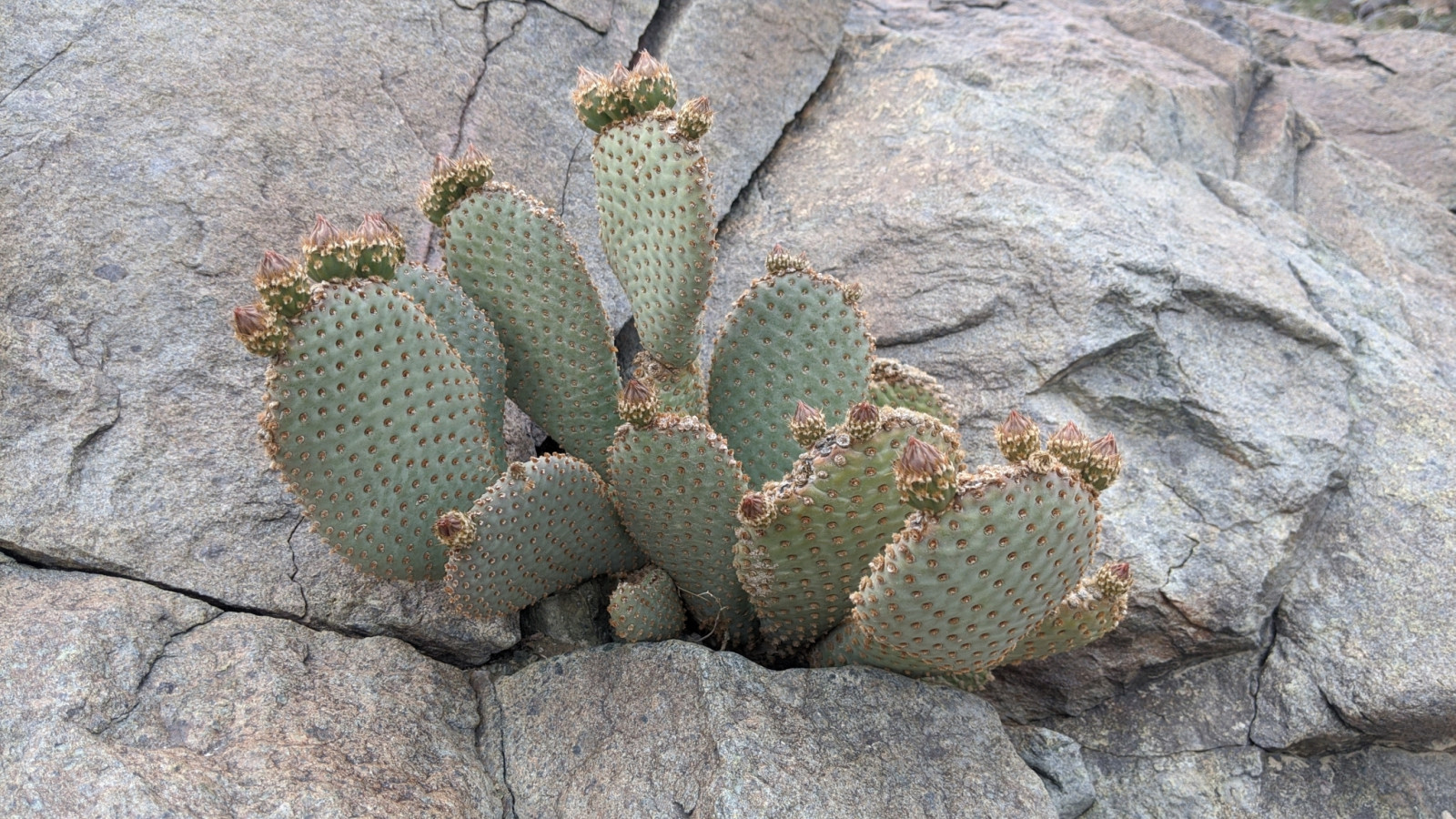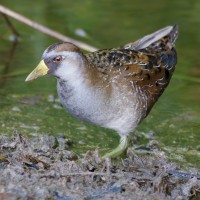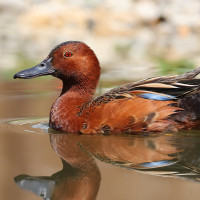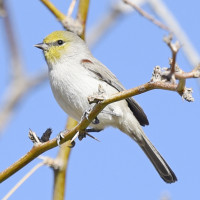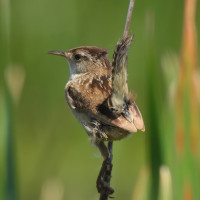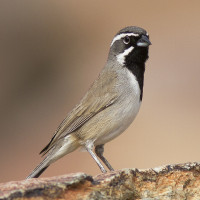Beschreibung
Zzyzx is well known as a migrant trap and is an excellent place to find rarities in spring and fall. While most of the site is off-limits as part of the CSU Desert Studies Center, the public can access one of the ponds and several rows of tamarisks. Numerous warblers rare in California have been seen here over the years including Ovenbird, Cape May Warbler, and Golden-winged Warbler. Wood Thrush and Rufous-backed Robin, both very rare in California, have been seen here.
The site is unpredictable and it often isn't covered regularly due to its remoteness, so you never know what you'll find when you bird here. If you arrive hoping for a specific rare species you will likely be disappointed, but a visit in the fall will probably yield something interesting.
In addition to migratory species, the usual desert and regional residents occur here including Lucy's Warbler, Horned Lark, Brewer's Sparrow, Rock Wren, Black-tailed Gnatcatcher, Greater Roadrunner and Phainopepla.
Details
Zugang
The Desert Studies Center is located at Zzyzx Road, Baker, California. It’s situated at the end of Zzyzx Road, within the Mojave National Preserve. Free parking is available just outside the access gate, a short walk from the pond. Press P on the map for directions. The entire area can easily be covered in an hour on foot.
